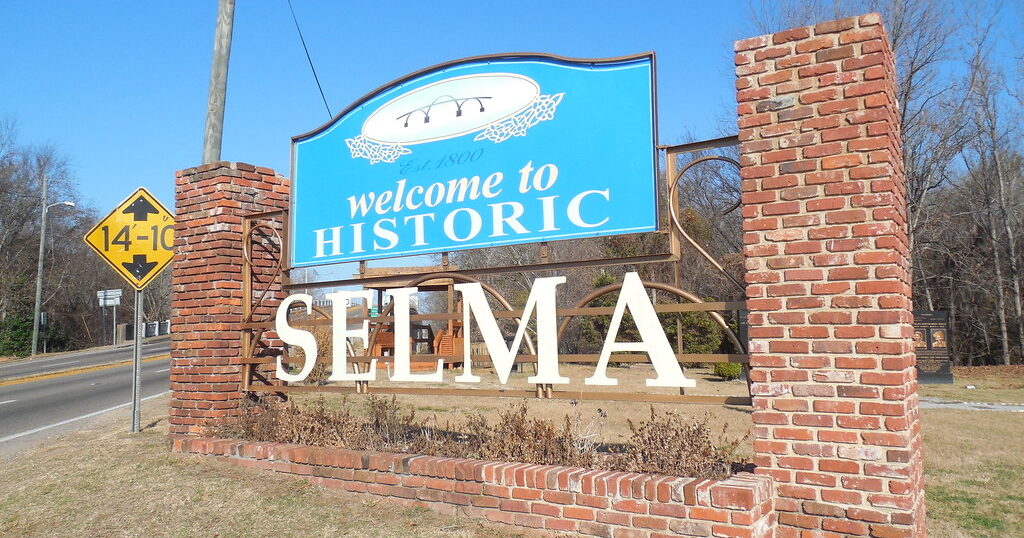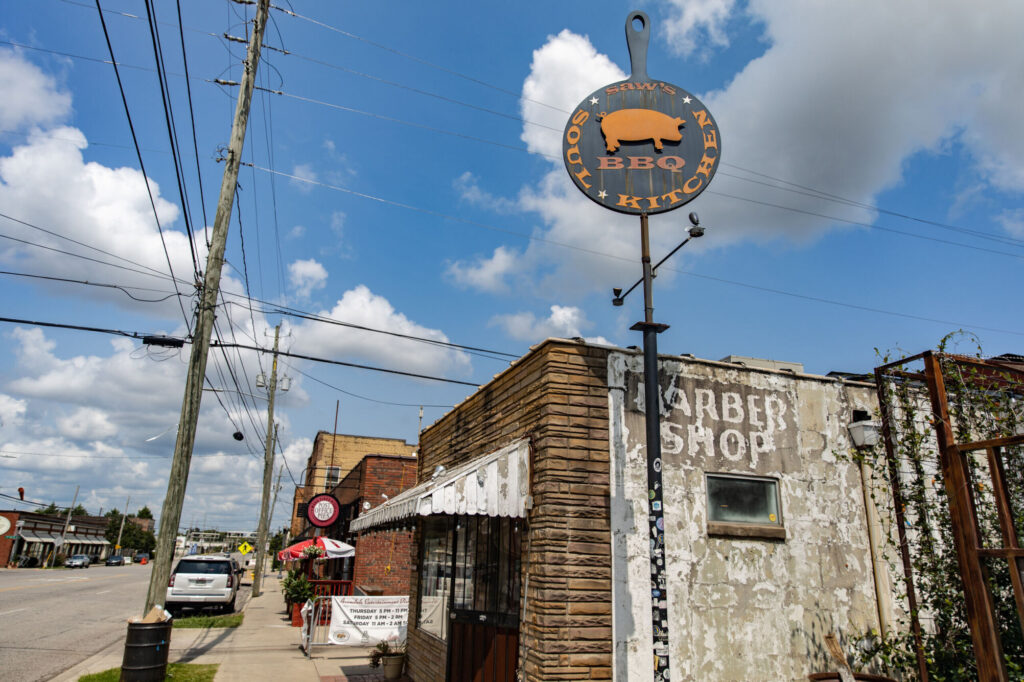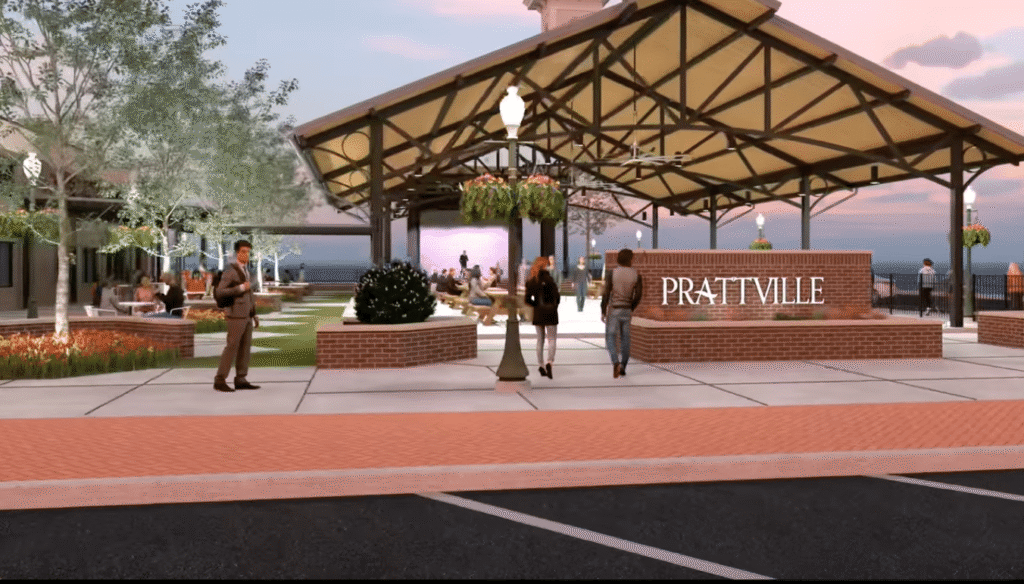Reviewed by: Gabby Gervais
The Alabama Civil Rights Trail called “a life-changing trip” by The Travel
Reading time: 4 minutes

Cool news, Bama. The Travel just gave the Alabama Civil Rights Trail the ultimate shoutout, calling it “a life-changing trip that deserves a spot on your bucket list.” Obviously, we agree! Read on to learn which places on the trail they say you should visit now.
About The Alabama Civil Rights Trail
Alabama has a gritty history with tragedies and triumphs that took place during the 1950s and 1960s. Made up of many stops across the state, the Alabama Civil Rights Trail takes you through cities, small towns, churches and more that hold strong importance to the Civil Rights Movement.
Stretching from Selma through Birmingham to Huntsville, the trail lets you experience the legacy of those who changed history.
1. Birmingham – 16th Street Baptist Church

On September 15, 1963, four Black girls stood in the bathroom of Birmingham’s 16th Street Baptist Church when a bomb planted white supremacists exploded. More than 20 members of the congregation were injured and all four girls were killed.
It was the 3rd bombing targeting Birmingham’s Black community after a federal order demanded Alabama Schools integrate 11 days earlier.
The event became one of the most shocking moments of the Civil Rights Movement.
You can also visit the Birmingham Civil Rights Institute for a more in-depth look at segregation and the Civil Rights Movement.
2. Selma – Edmund Pettus Bridge

On March 7, 1965, hundreds of protestors gathered at the Brown Chapel AME Church to march through the streets of Selma over the Edmund Pettus Bridge and then all the way to Montgomery to demand the right for Black people to vote.
Prominent Civil Rights activist John Lewis was among the protesters were harassed and beaten by law enforcement and white supremacists. The day became known as Bloody Sunday.
3. Montgomery – Rosa Parks Museum
You’ve heard of Rosa Parks—a Civil Rights activist who refused to give up her bus seat to a white rider. The event took place on December 1, 1955 and started a boycott led by Martin Luther King, Jr. to end bus segregation.
After a 13-month uphill battle that led to a ruling by the Supreme Court, the boycott ended and Montgomery’s buses were integrated.
For more must-visit spots along the Alabama Civil Rights Trail, visit these places in Montgomery:
- The Dexter King Memorial Baptist Church
- Freedom Rides Museum
- The Legacy Museum: From Enslavement to Mass Incarceration
4. Mobile – Africatown

In 1860, the Clotilda, America’s last known slave ship, reached Mobile. The Captives were moved to another boat and the schooner was burned and sunk.
After the end of the Civil War, 32 Clotilda survivors were denied repatriation to Africa so they founded Africatown, just outside of Mobile.
Remains of former enslaved Africans, African Americans and a Buffalo Soldier are held in Africantown’s historic Old Plateau Cemetery.
In 2019, the remains of the Clotilda were discovered. Read the story.
5. Tuskegee – Tuskegee Airman National Historic Site
At Moten Field in Tuskegee, the US Army Air Force conducted an experiment to see if they could train Black men to fly into combat. This group of men became the 32nd Fighter Group and the 447th Bombardment Group and served as the first group of Black military aviators in World War II—the first in US history.
Visit the Tuskegee Airman National Historic Site to hear the inspiring story of these men and their fight against racism and heroic battles during the war.
The Travel listed five more places on The Alabama Civil Rights Trail that everyone should visit. Check them out here.
Stay up to date with the latest—sign up for our FREE newsletter and follow us on Facebook, LinkedIn + Instagram.







